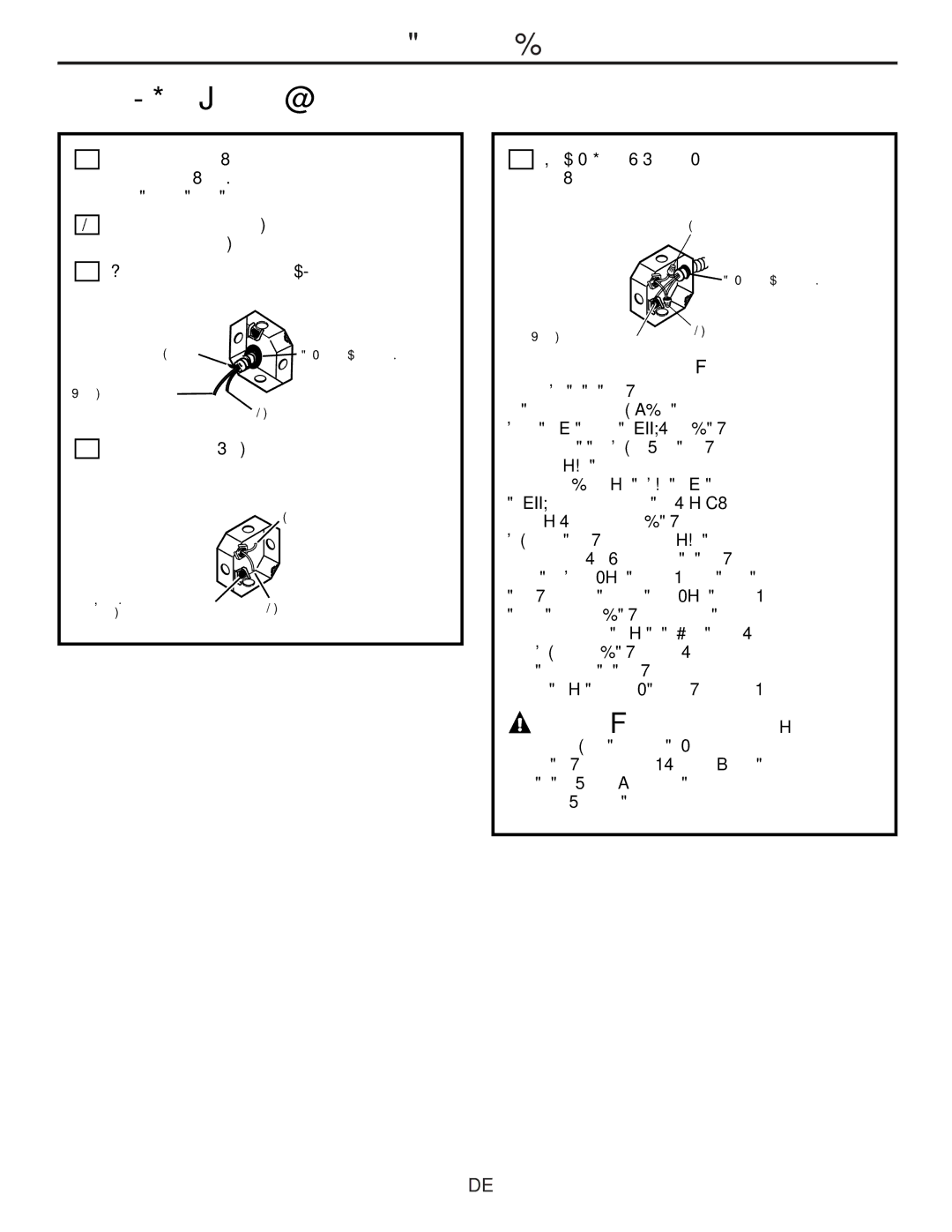JP256 specifications
The GE JP256 is an advanced gas turbine designed for high-efficiency power generation, catering to the growing energy demands of both industrial and municipal applications. As part of General Electric's renowned fleet of gas turbines, the JP256 boasts impressive performance metrics that set it apart in the competitive energy landscape.One of the standout features of the GE JP256 is its combined cycle capability. This technology allows the turbine to work alongside steam turbines, enabling a more efficient use of fuel and improving overall thermal efficiency. This combined cycle setup can achieve efficiencies exceeding 60%, which helps operators reduce fuel costs and minimize greenhouse gas emissions. This is particularly crucial in today's energy market, where there is a strong push toward sustainable practices.
The JP256 is designed with a simple cycle rating, delivering up to 256 MW of power at ISO conditions. This makes it suitable for both peaking and base-load generation, providing flexibility in meeting fluctuating energy demands. Additionally, its low operational and maintenance costs make it an attractive option for utility companies looking to optimize their energy generation portfolio.
In terms of technology, the GE JP256 employs advanced materials and manufacturing techniques, enhancing its durability and performance. The turbine features a high-efficiency airfoil design, which improves aerodynamics and contributes to overall efficiency gains. Its advanced control systems utilize real-time data analytics to optimize performance, ensuring that the turbine operates at maximum efficiency under varying load conditions.
The characteristics of the JP256 also include a modular design that simplifies maintenance and reduces downtime. This design not only eases the replacement of components but also shortens the time required for routine maintenance activities. Moreover, GE’s commitment to innovation is reflected in the turbine's compatibility with various fuels, including natural gas and biogas, allowing for greater operational flexibility.
Noise reduction technologies are also integral to the JP256, making it an optimal choice for installations in urban areas where emissions and noise control are critical. Its compact footprint allows for easier integration into existing plants without requiring significant alterations to infrastructure.
In summary, the GE JP256 gas turbine stands out for its combined cycle capabilities, high efficiency, low operational costs, and advanced technologies. Designed for versatility and sustainability, it is a comprehensive solution for meeting the modern demands of power generation.

